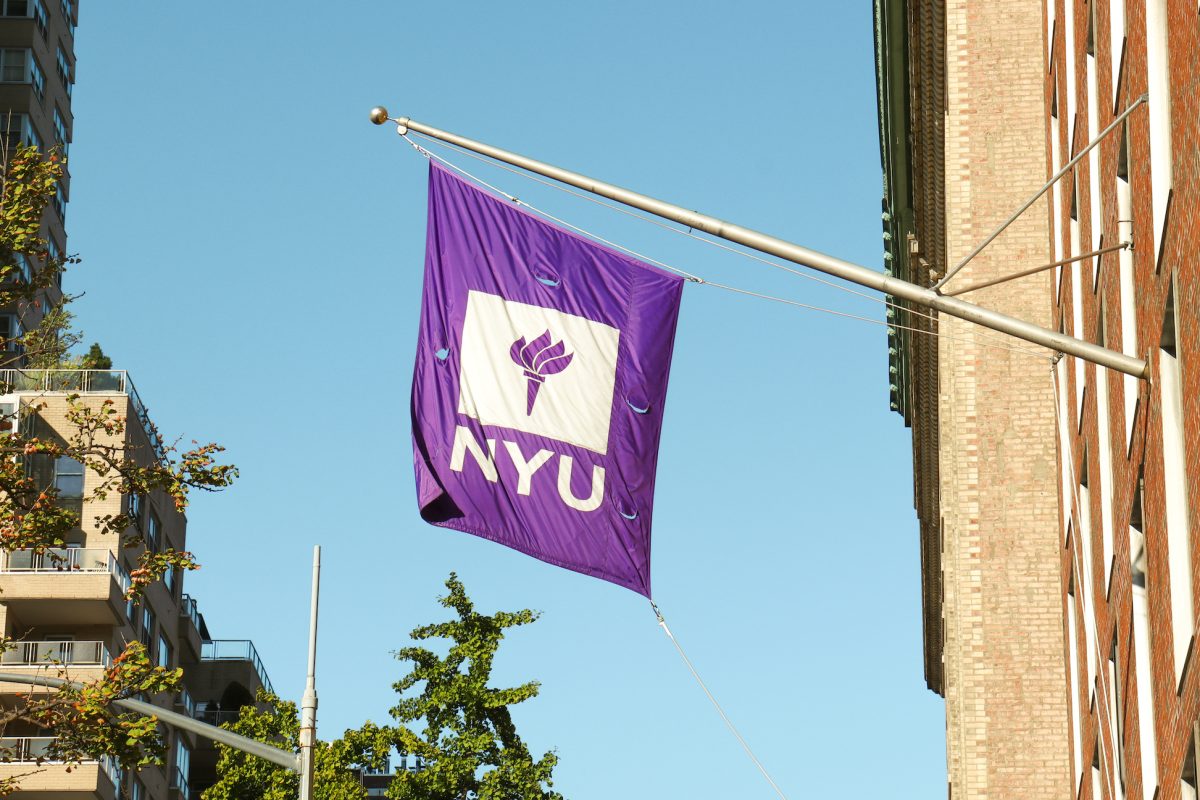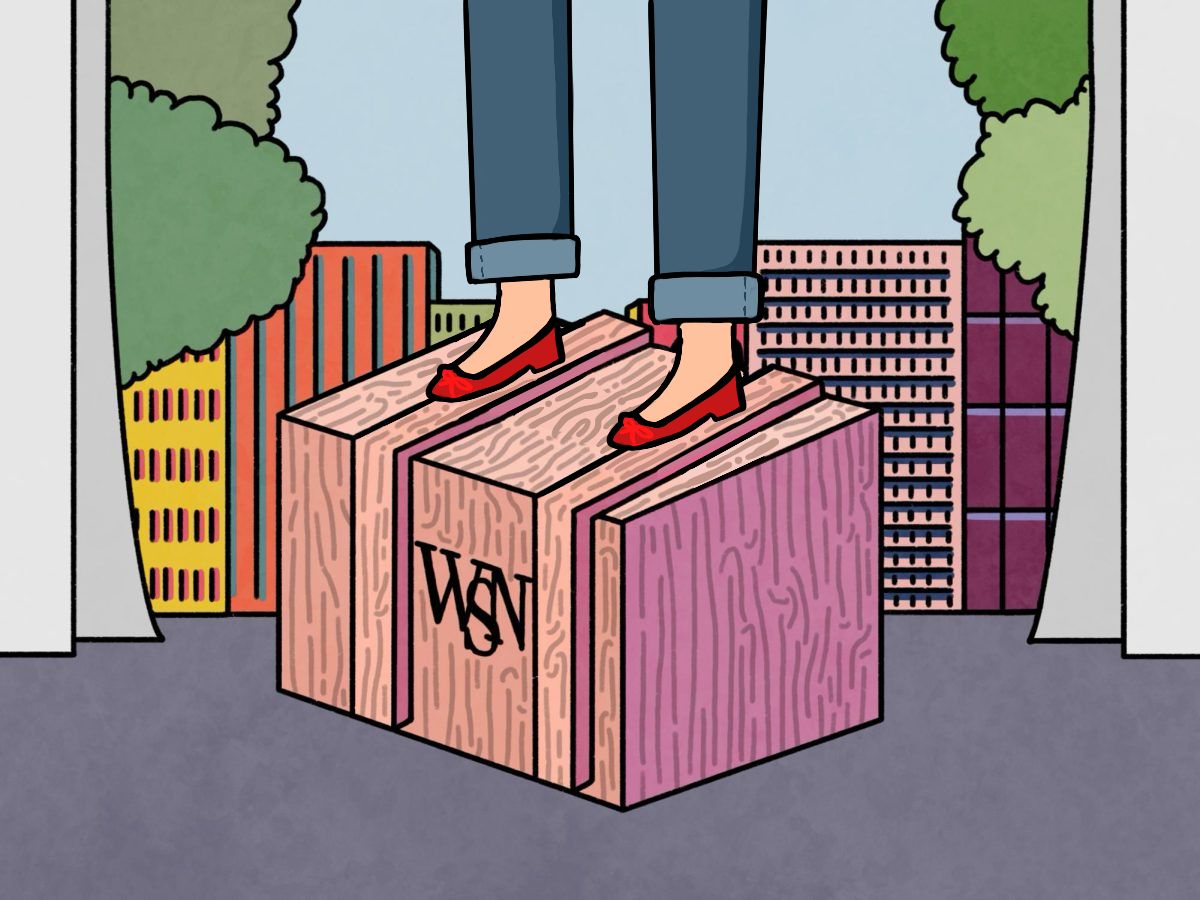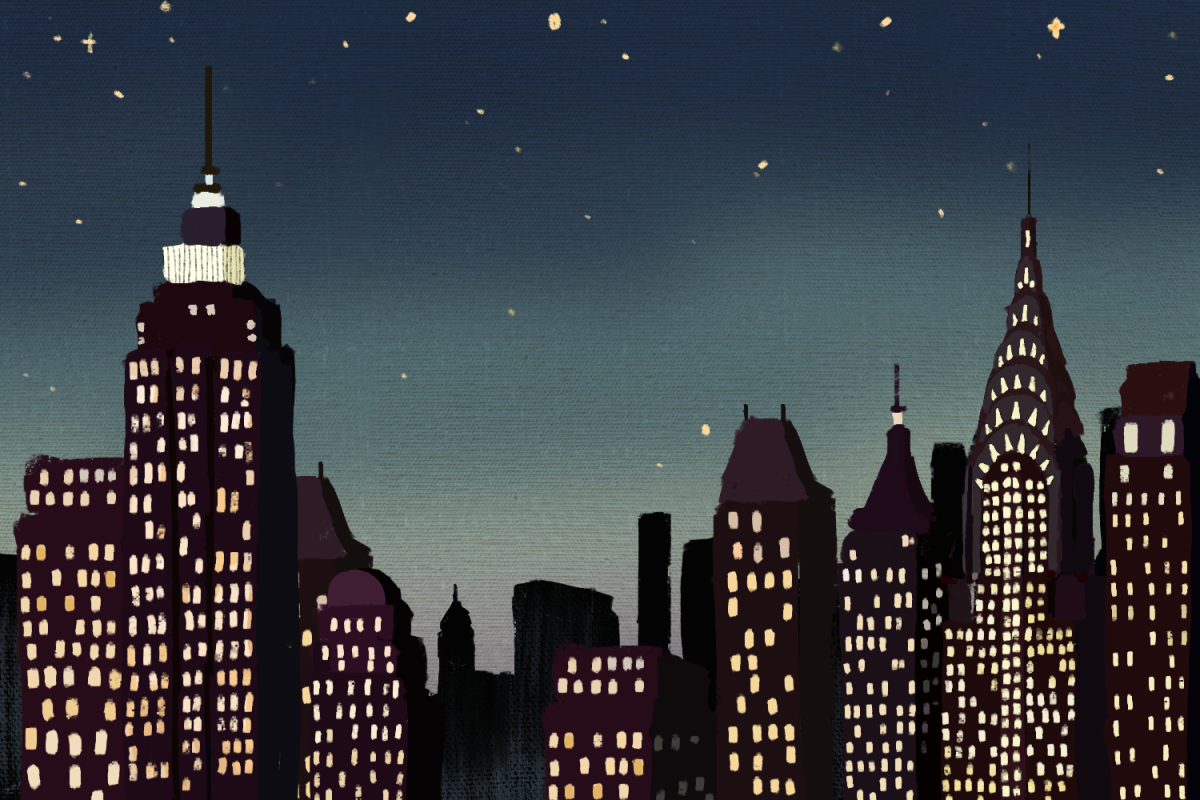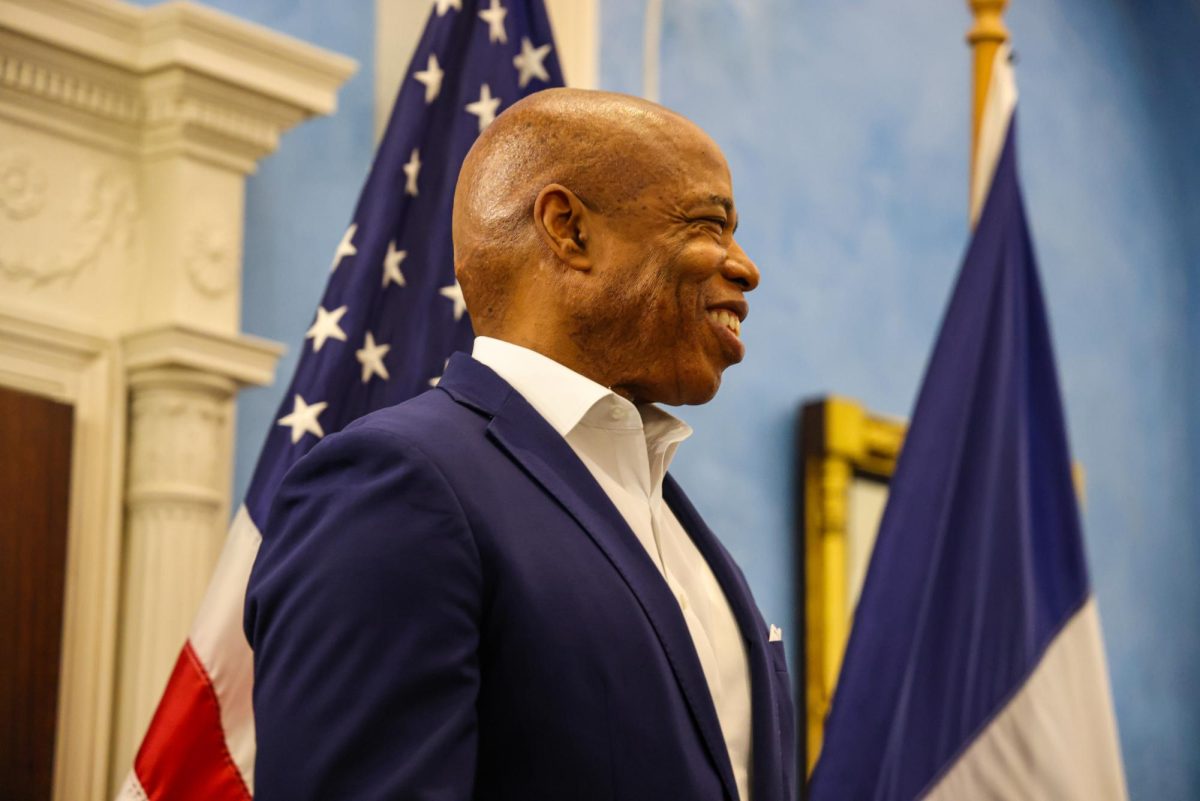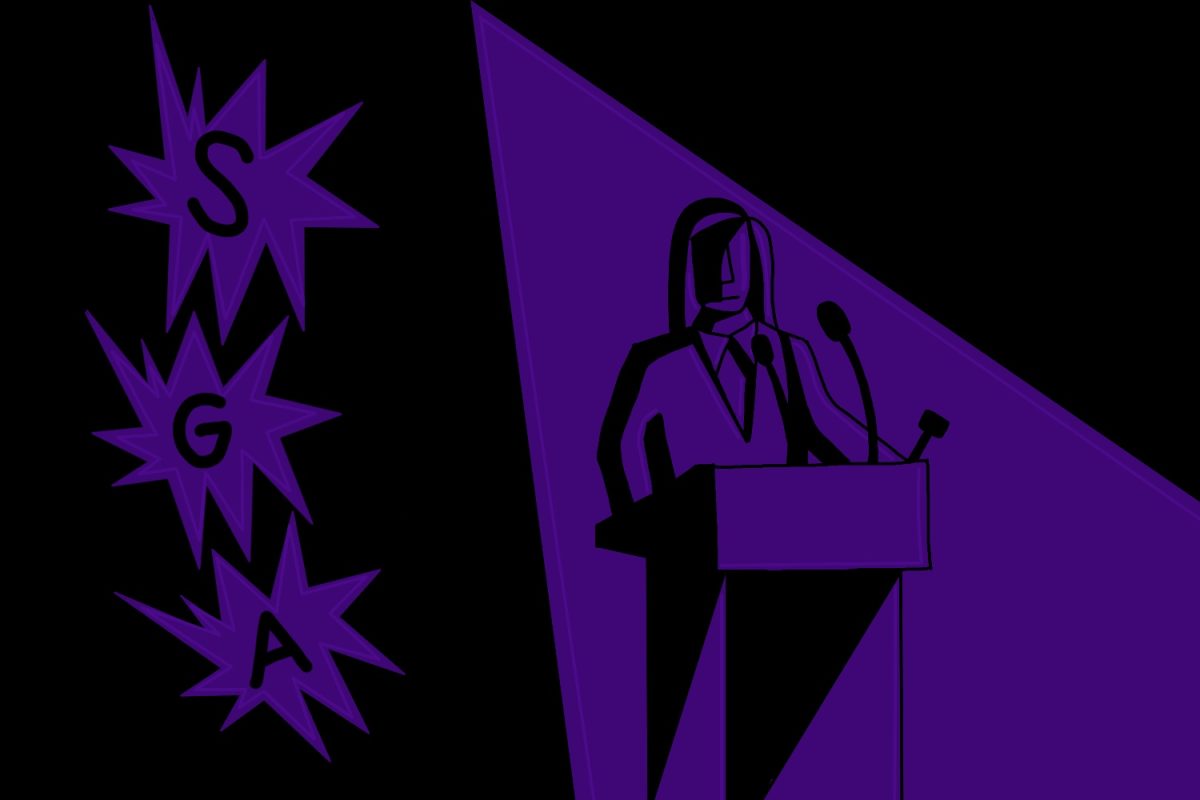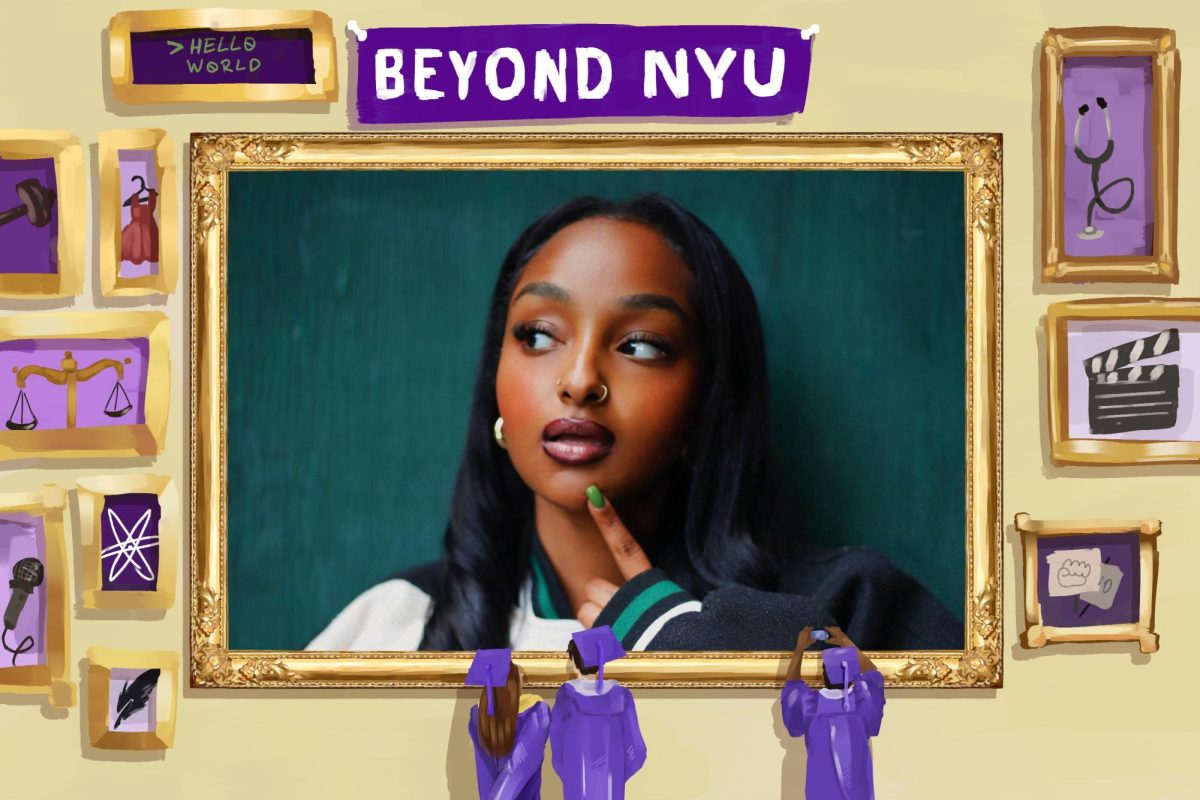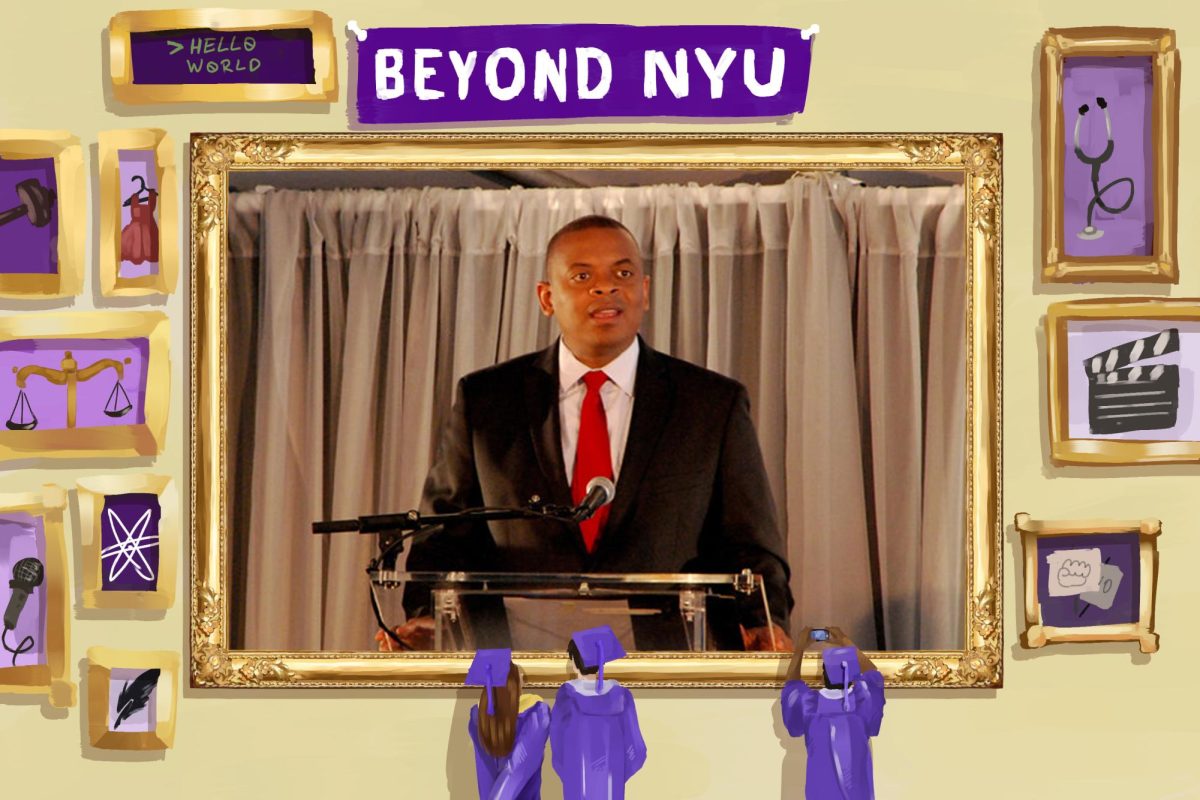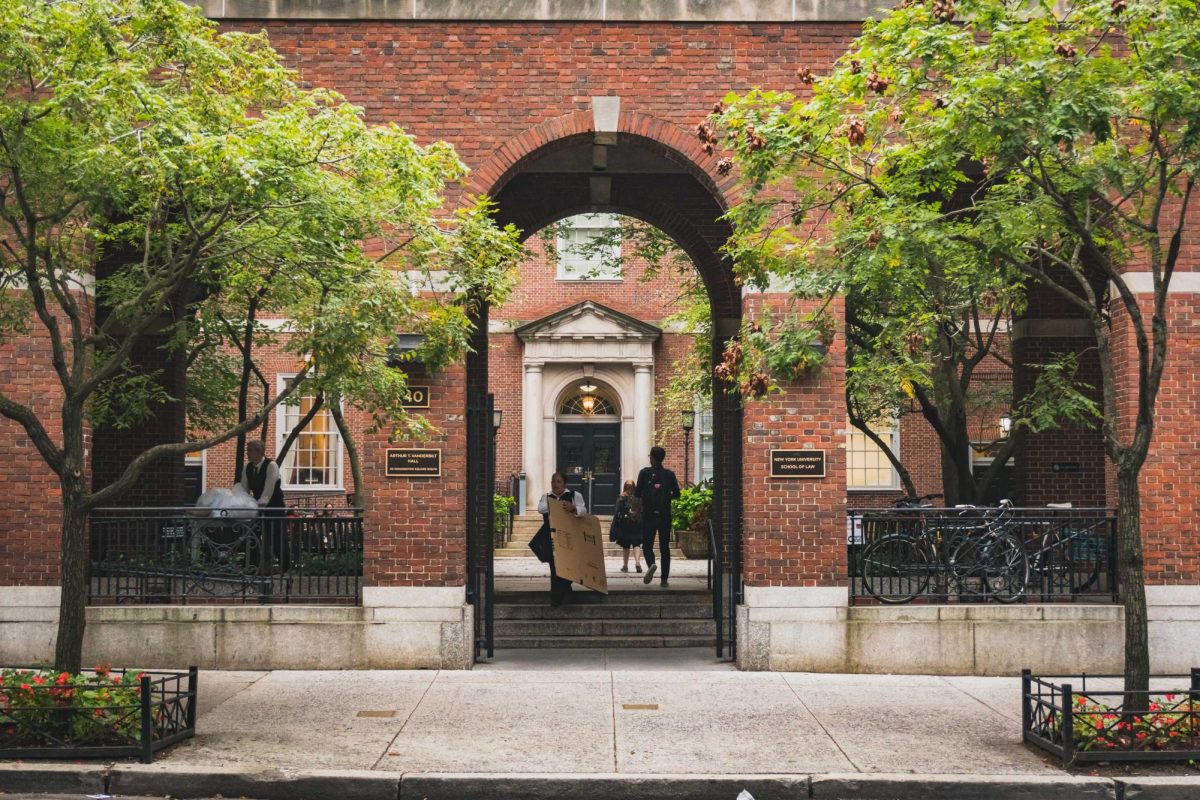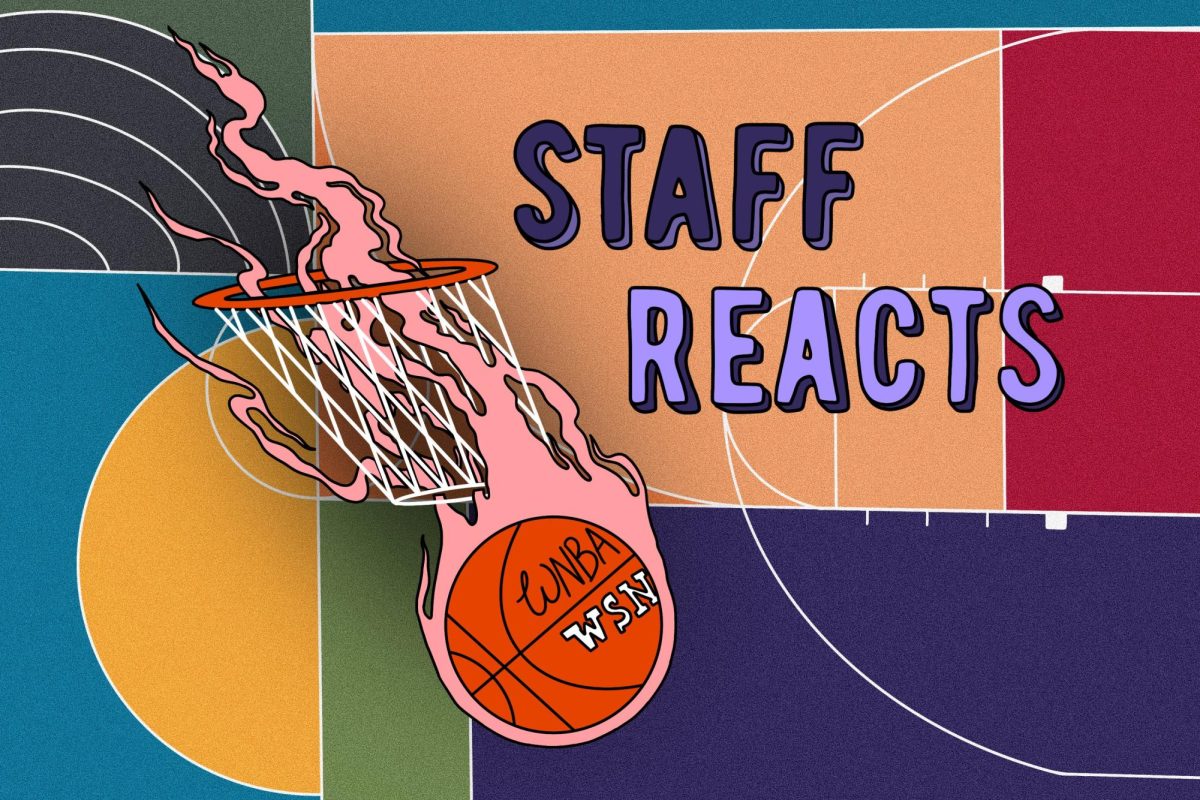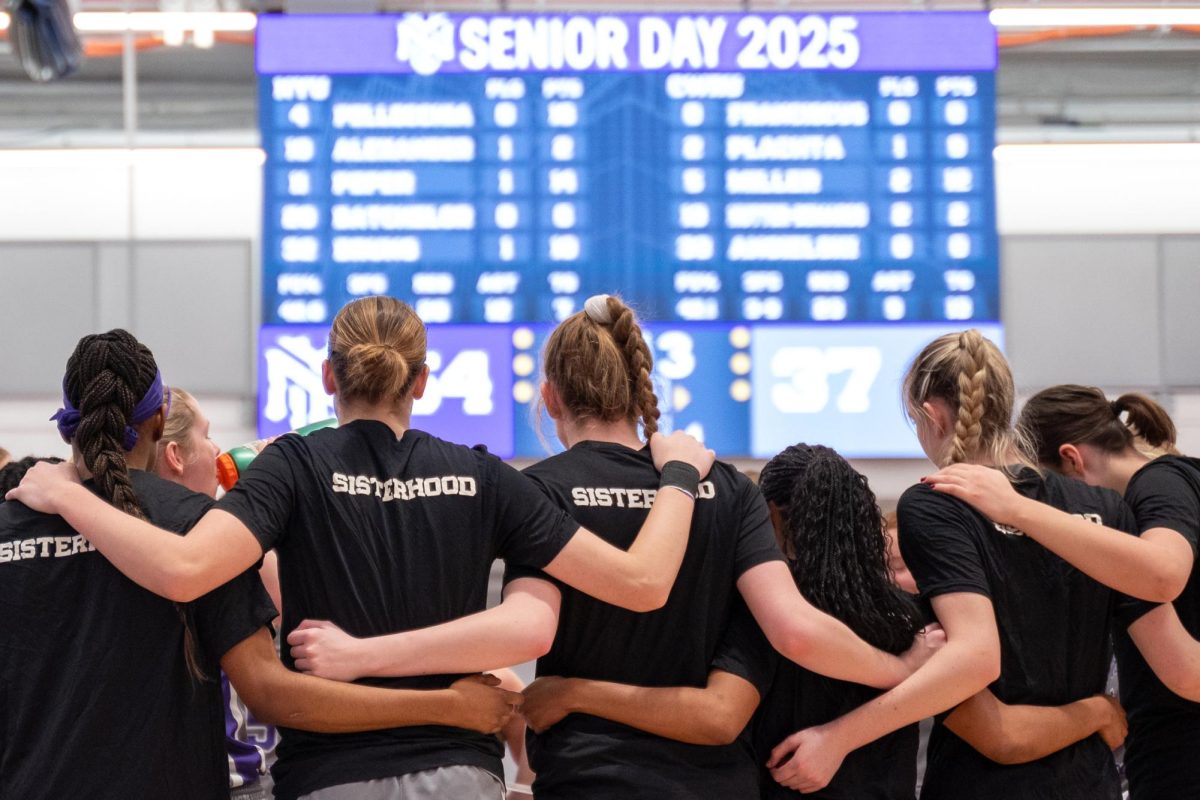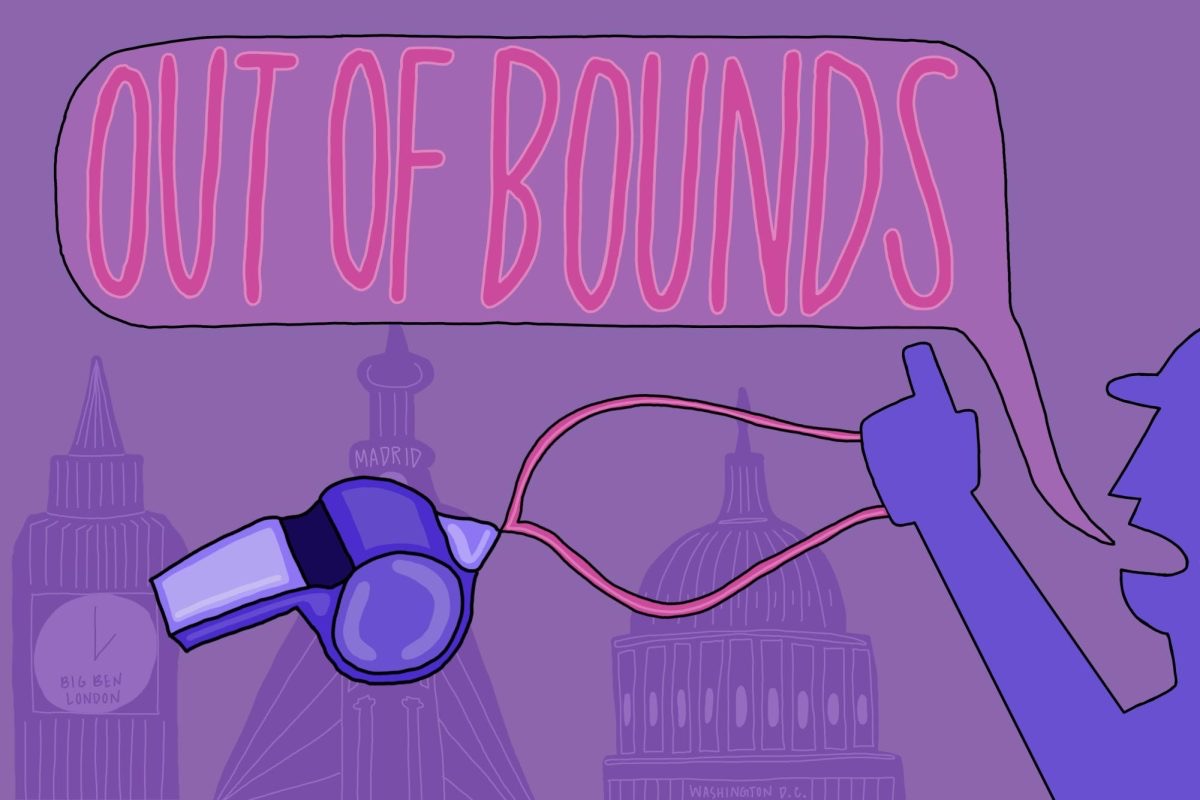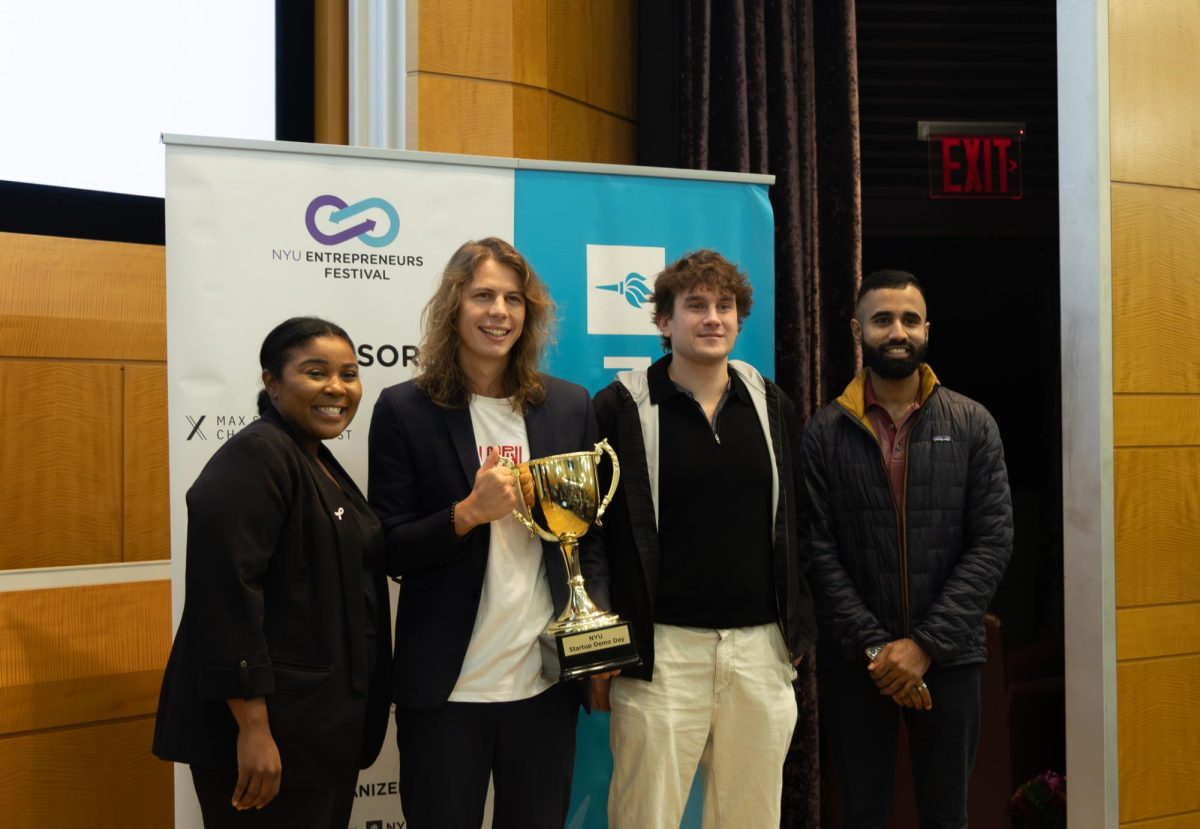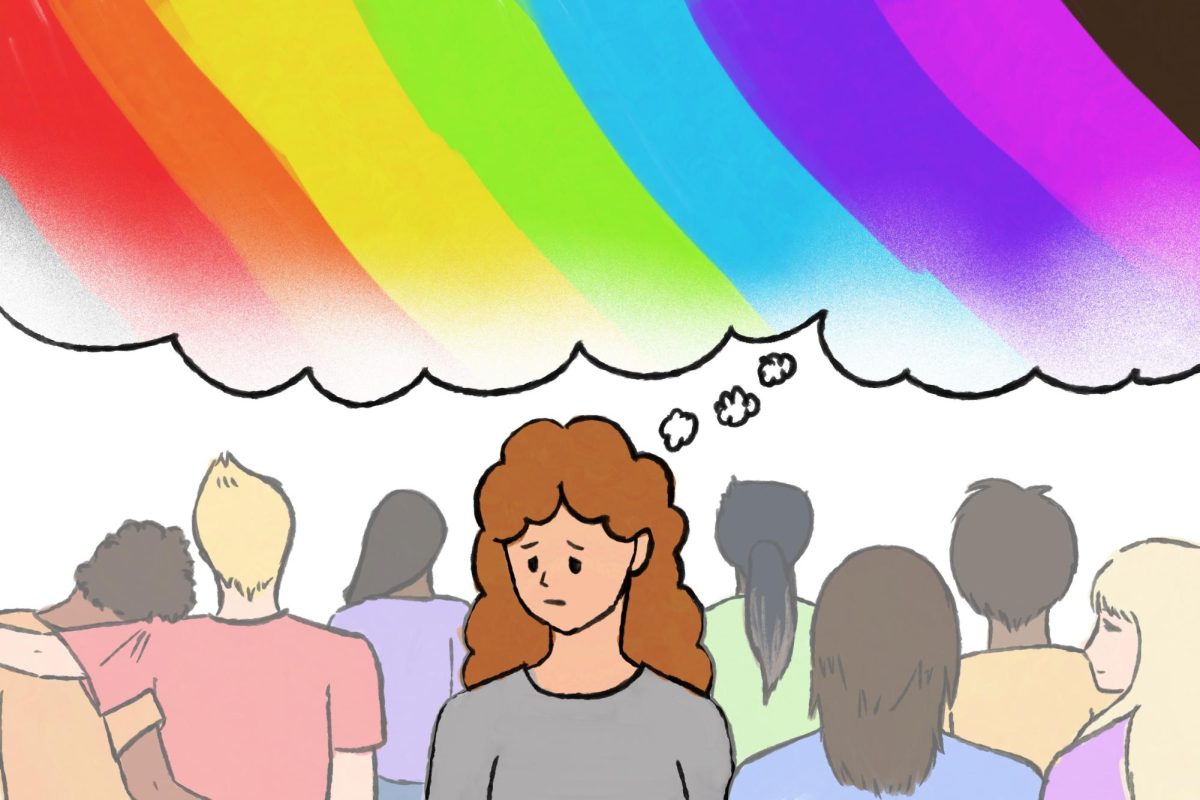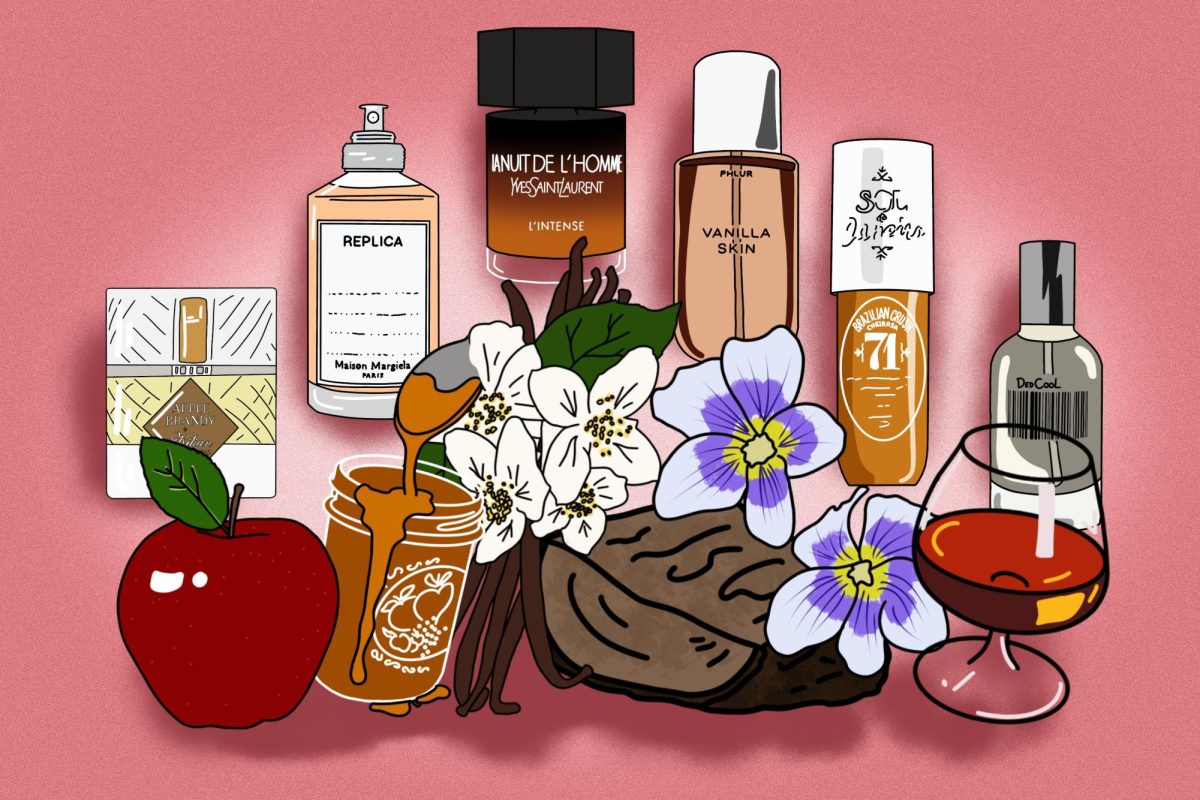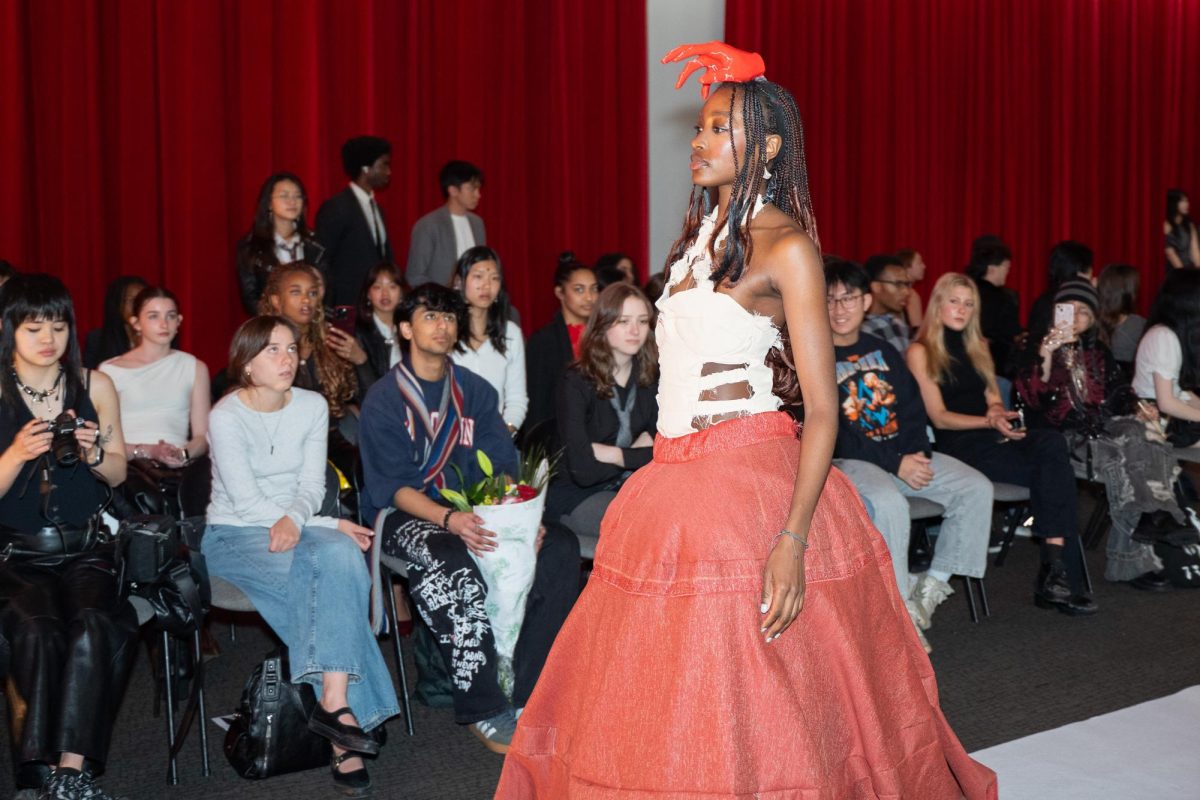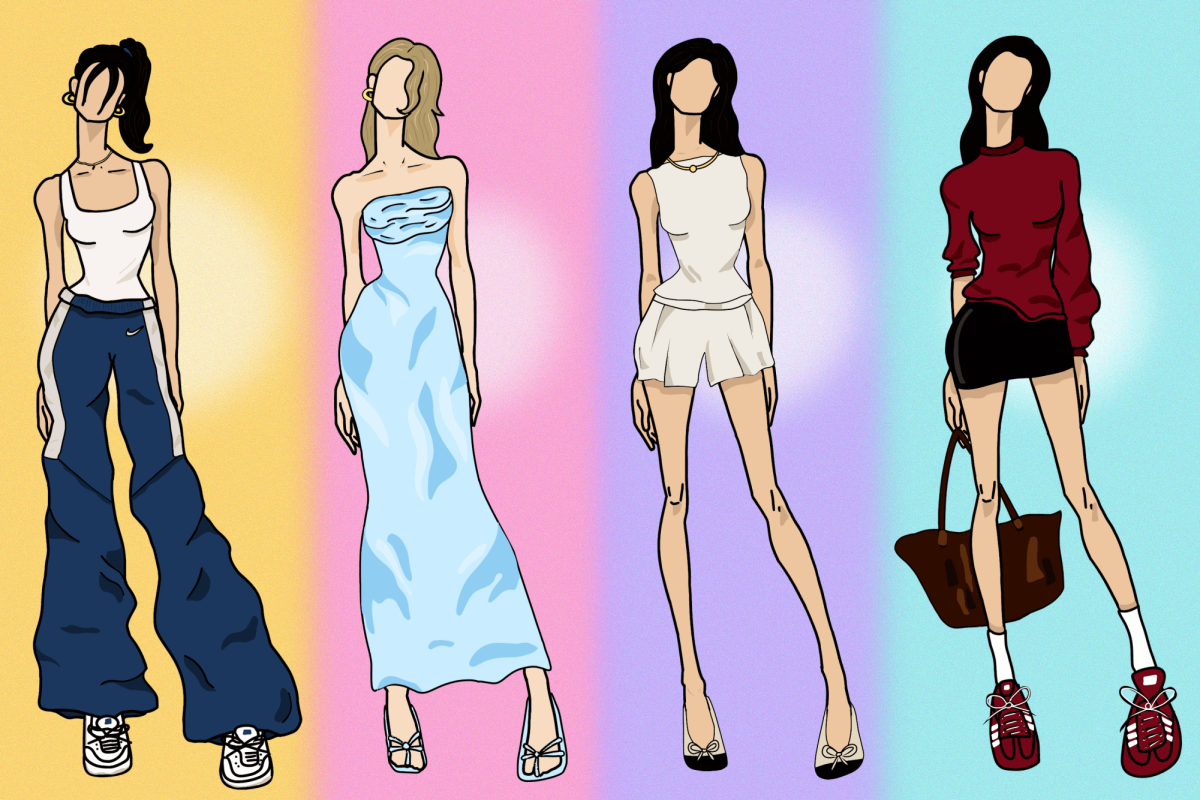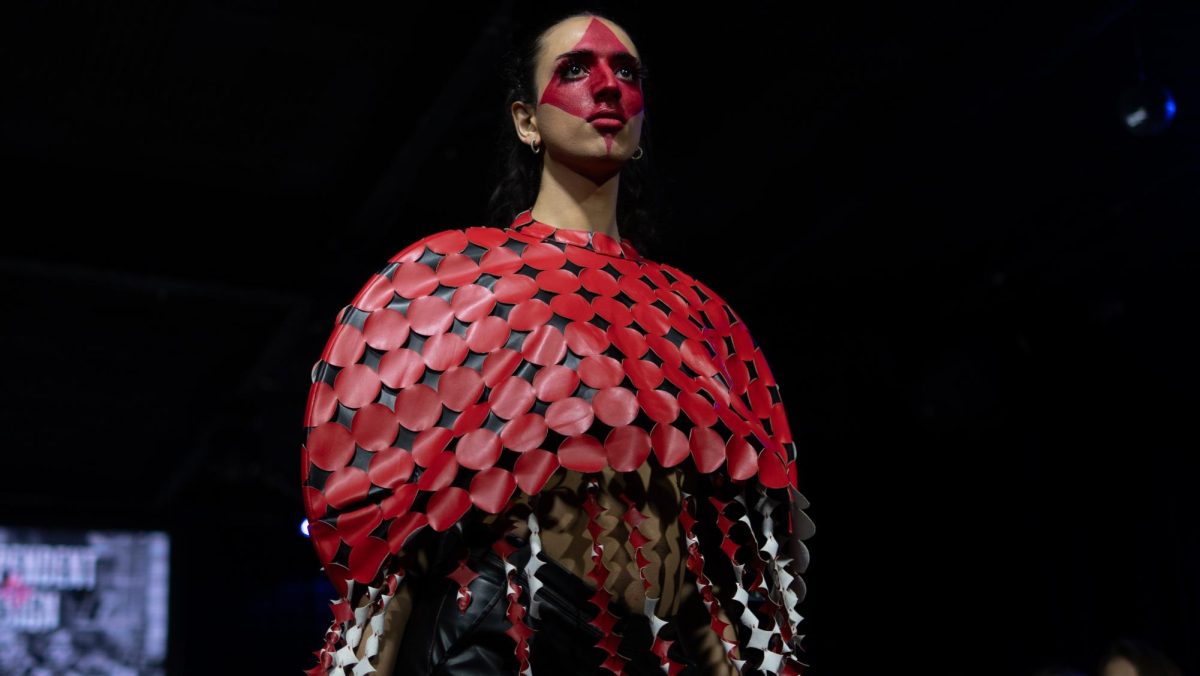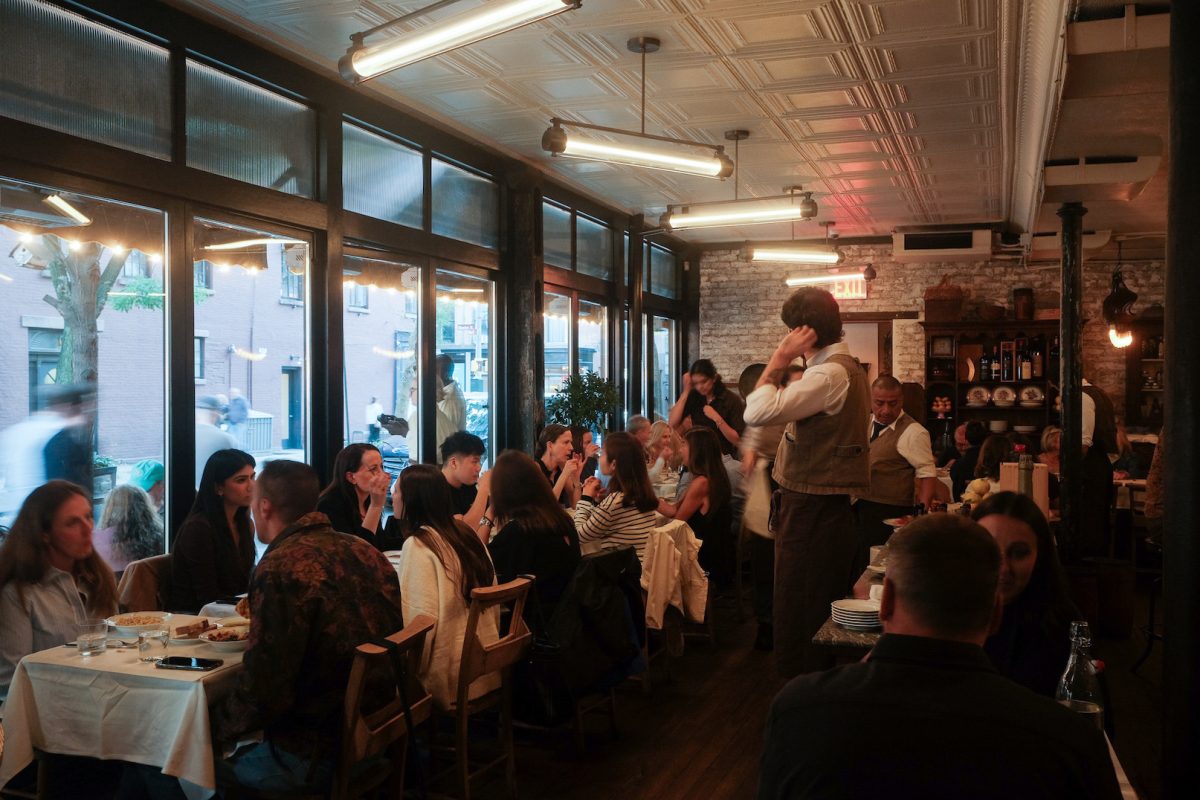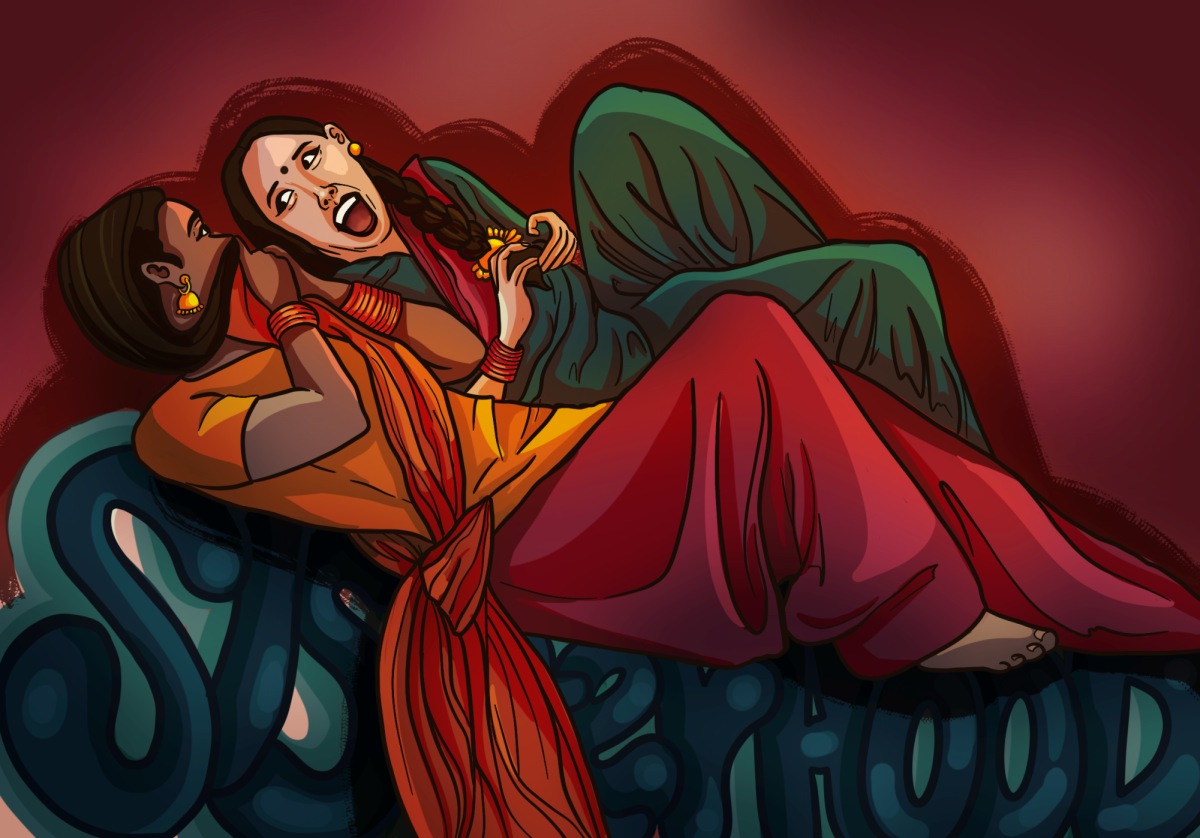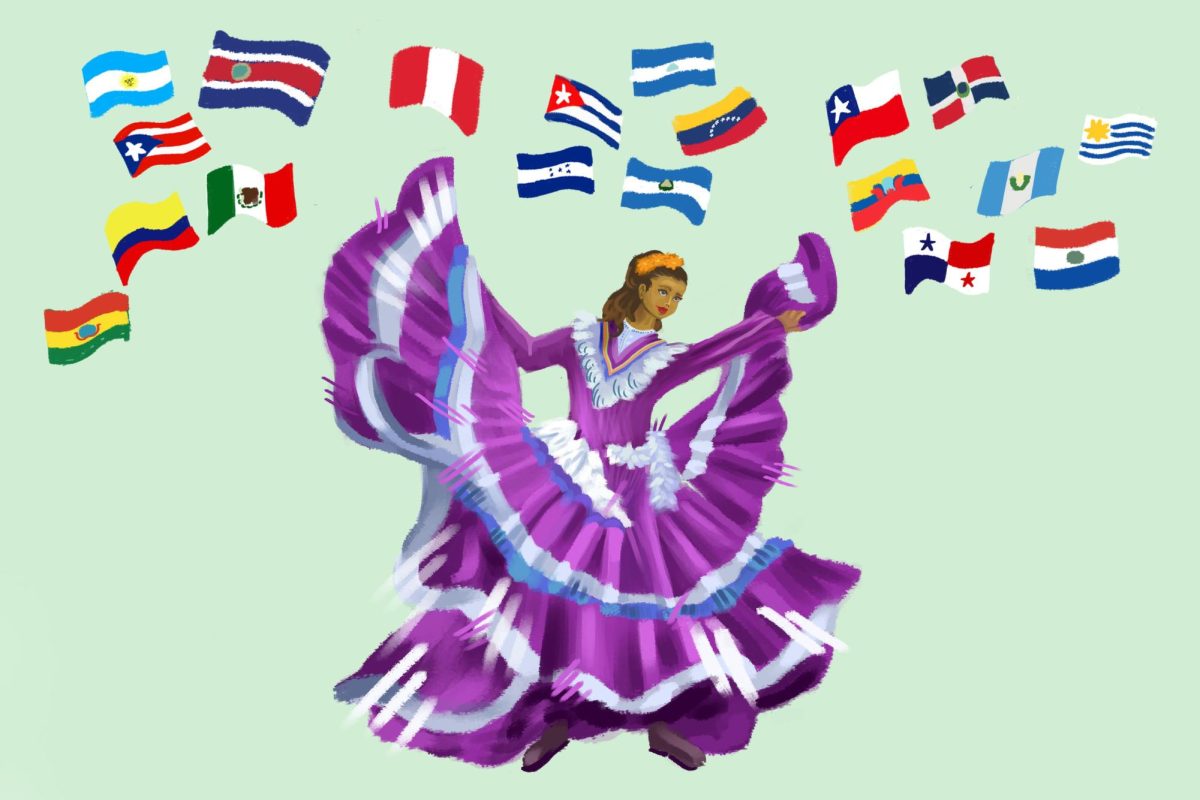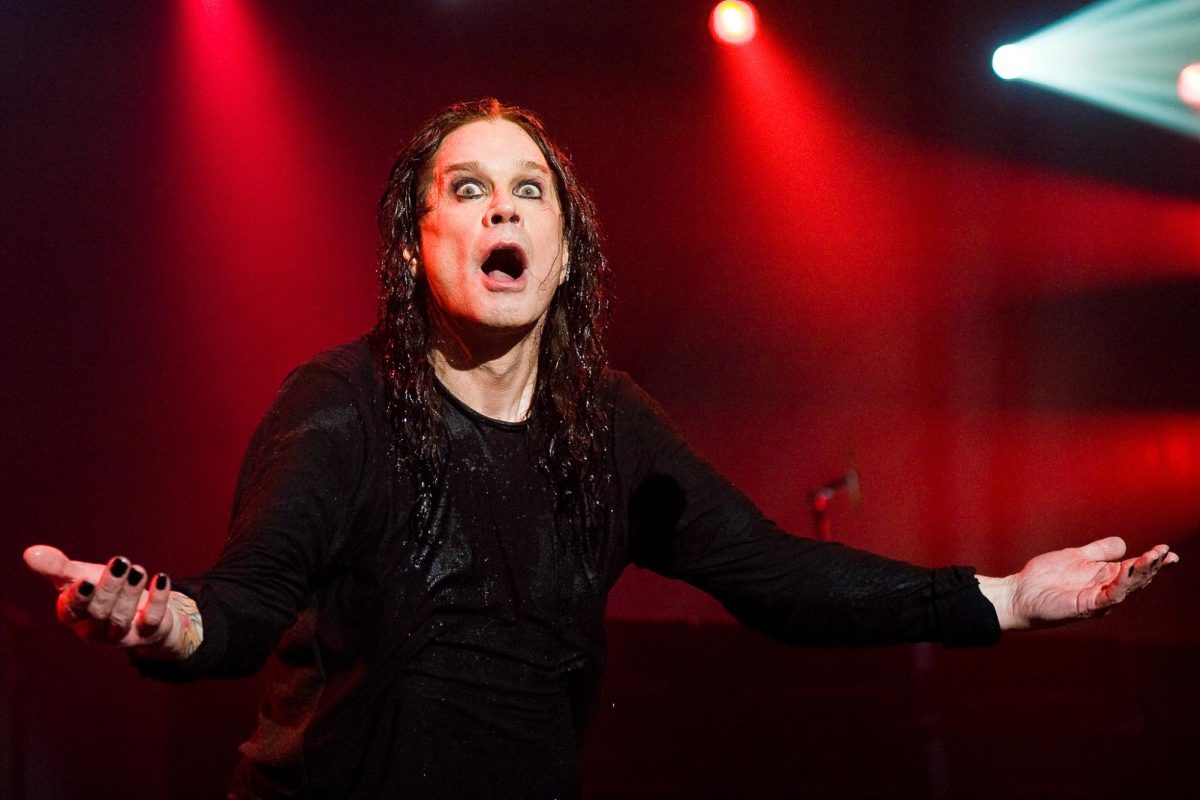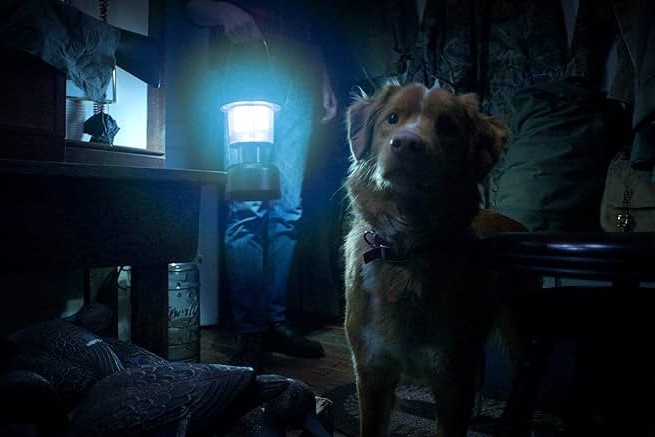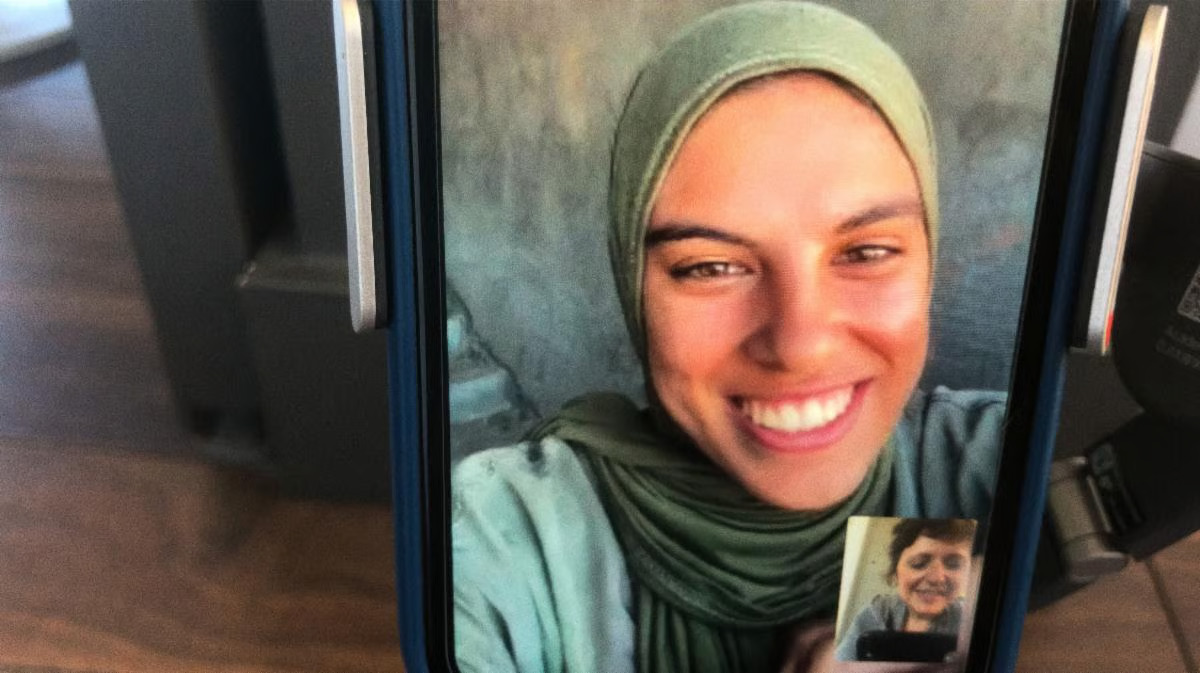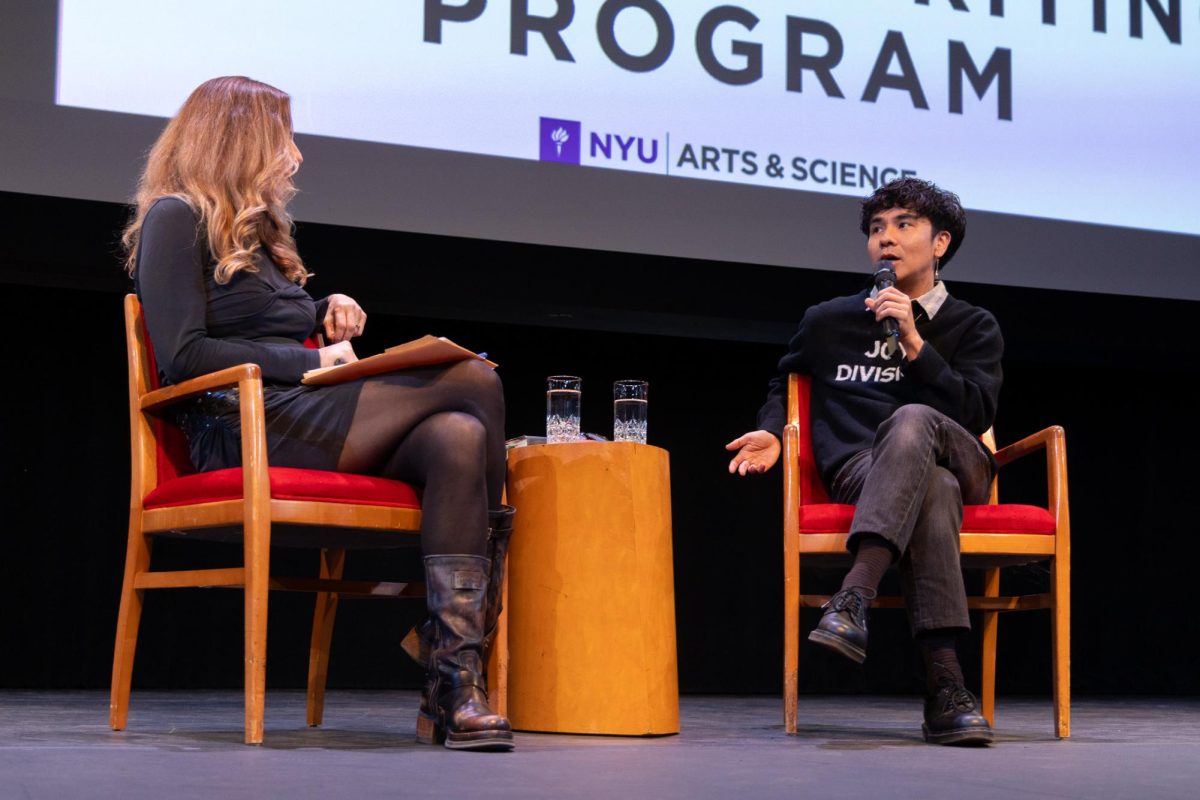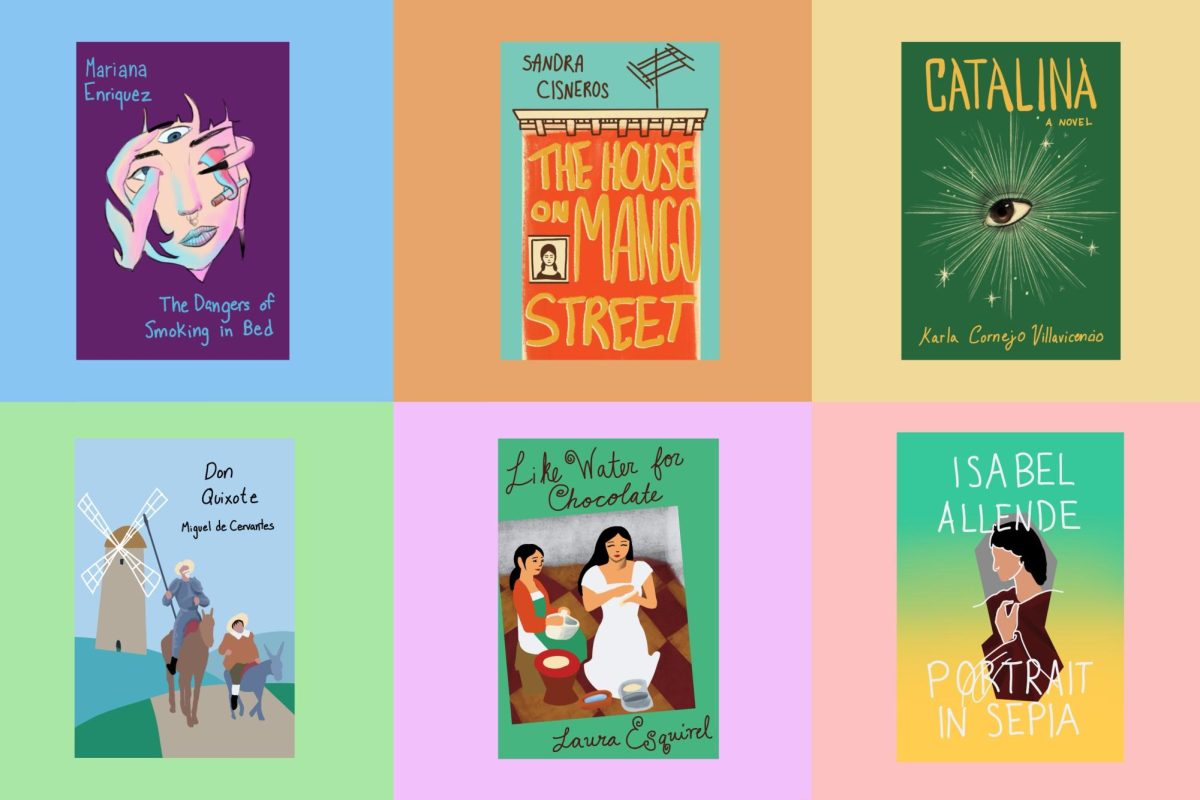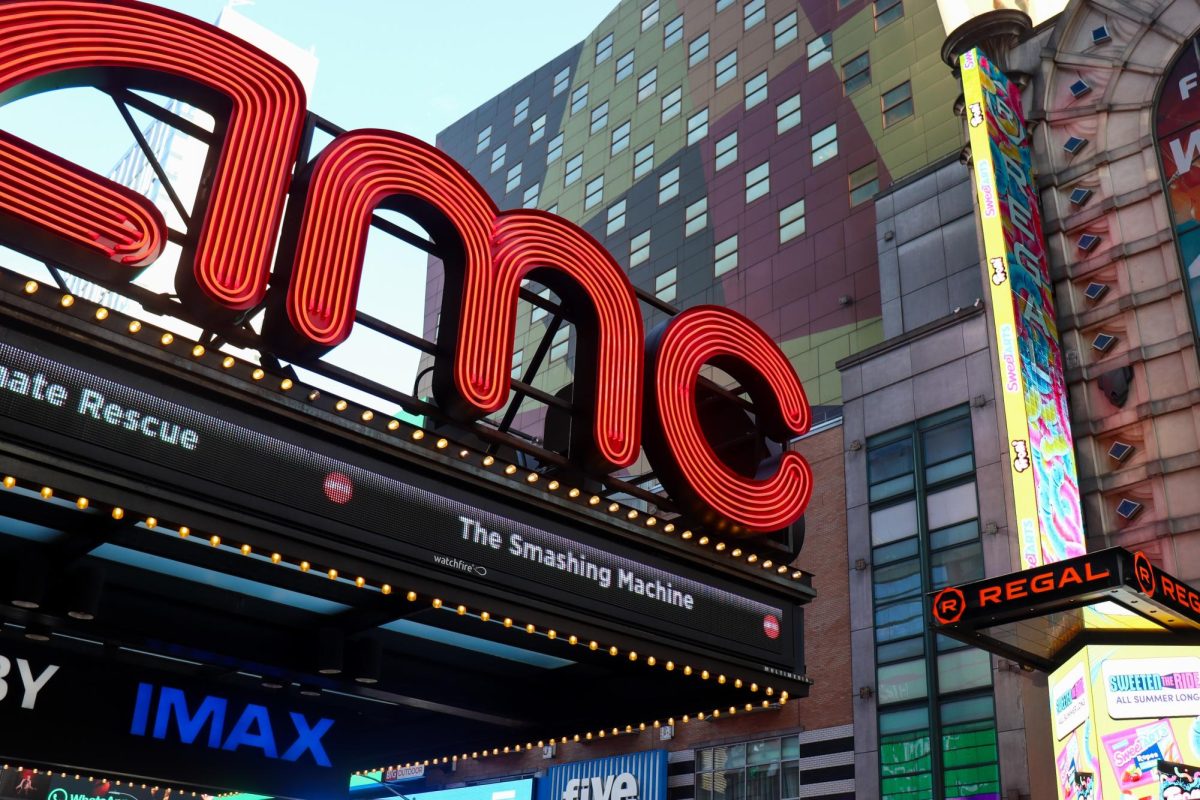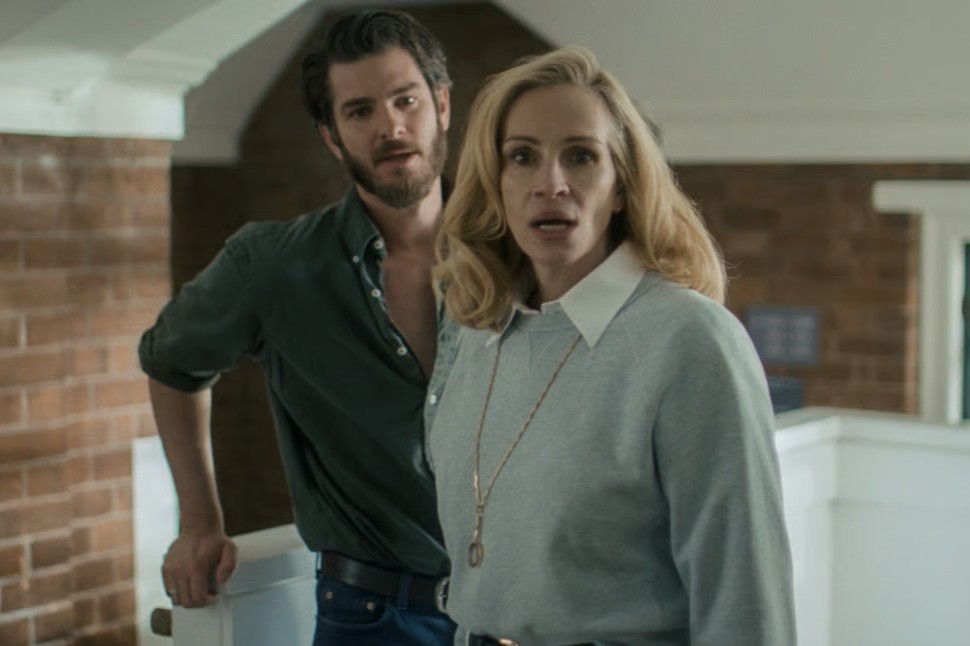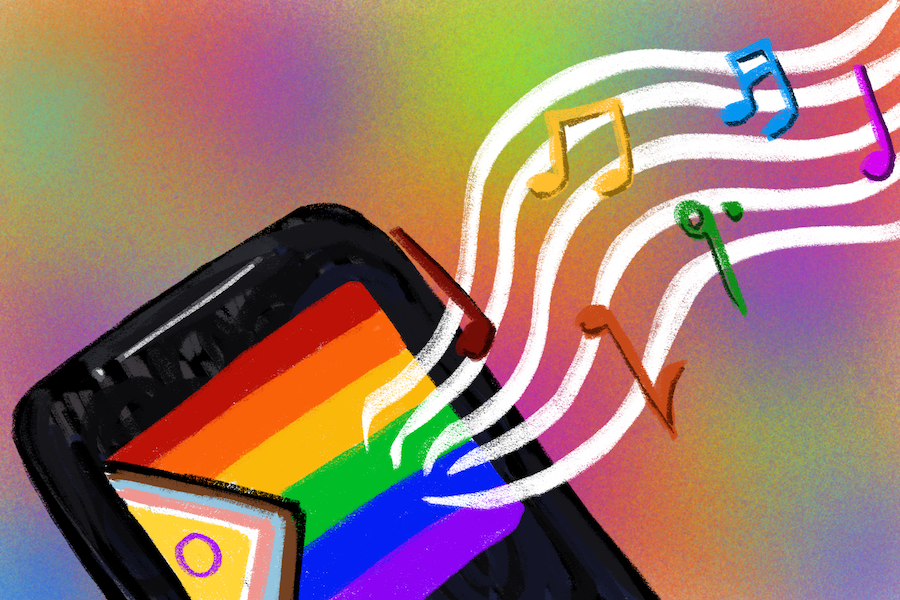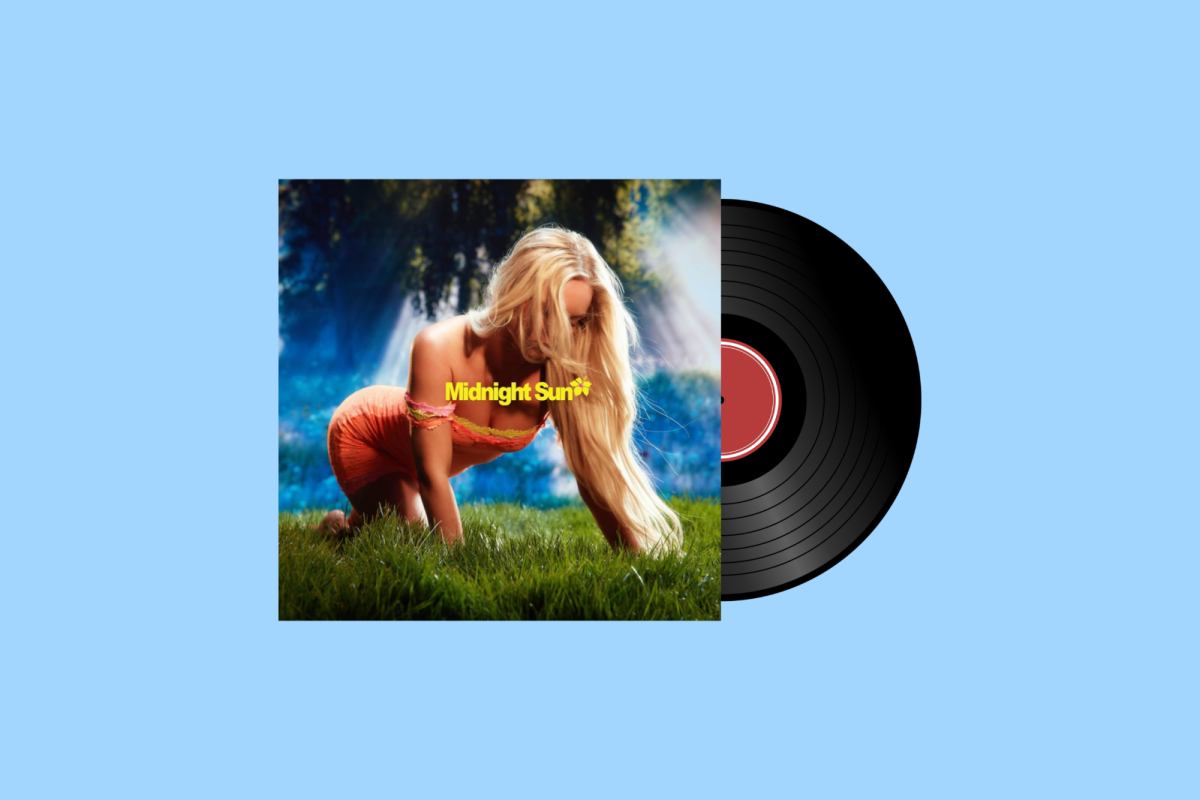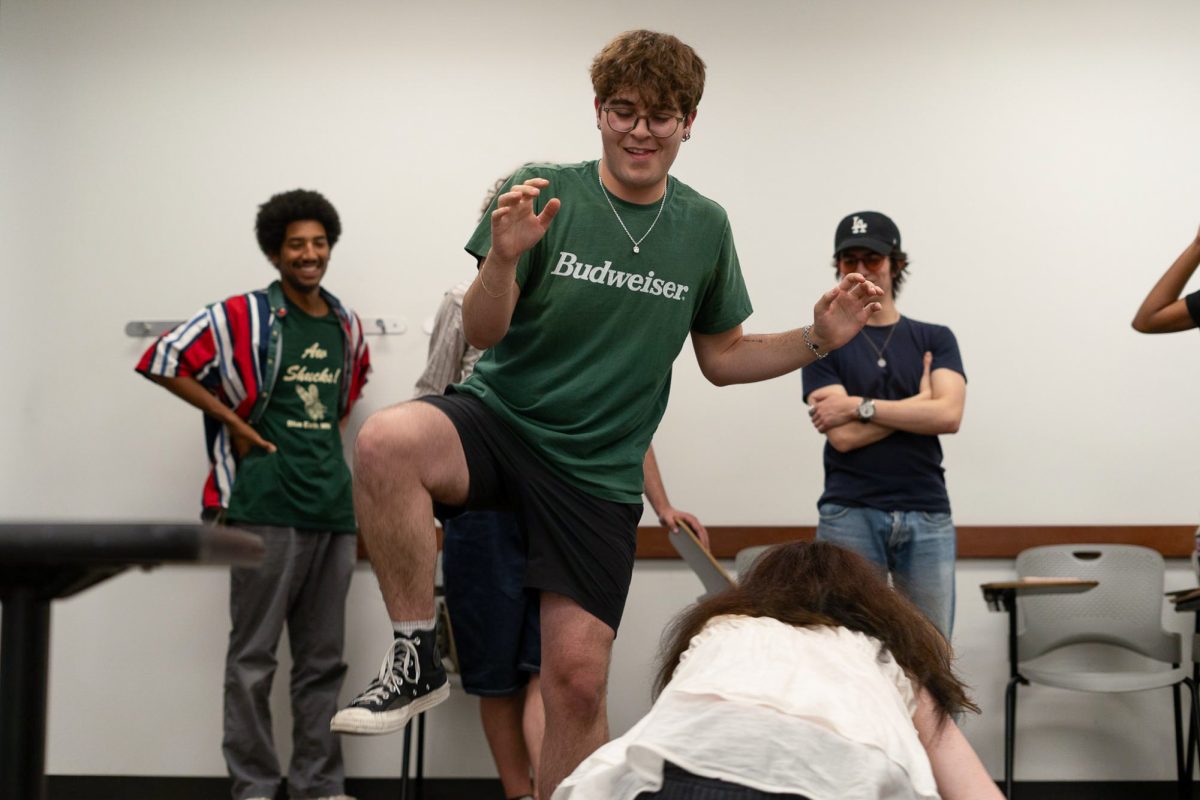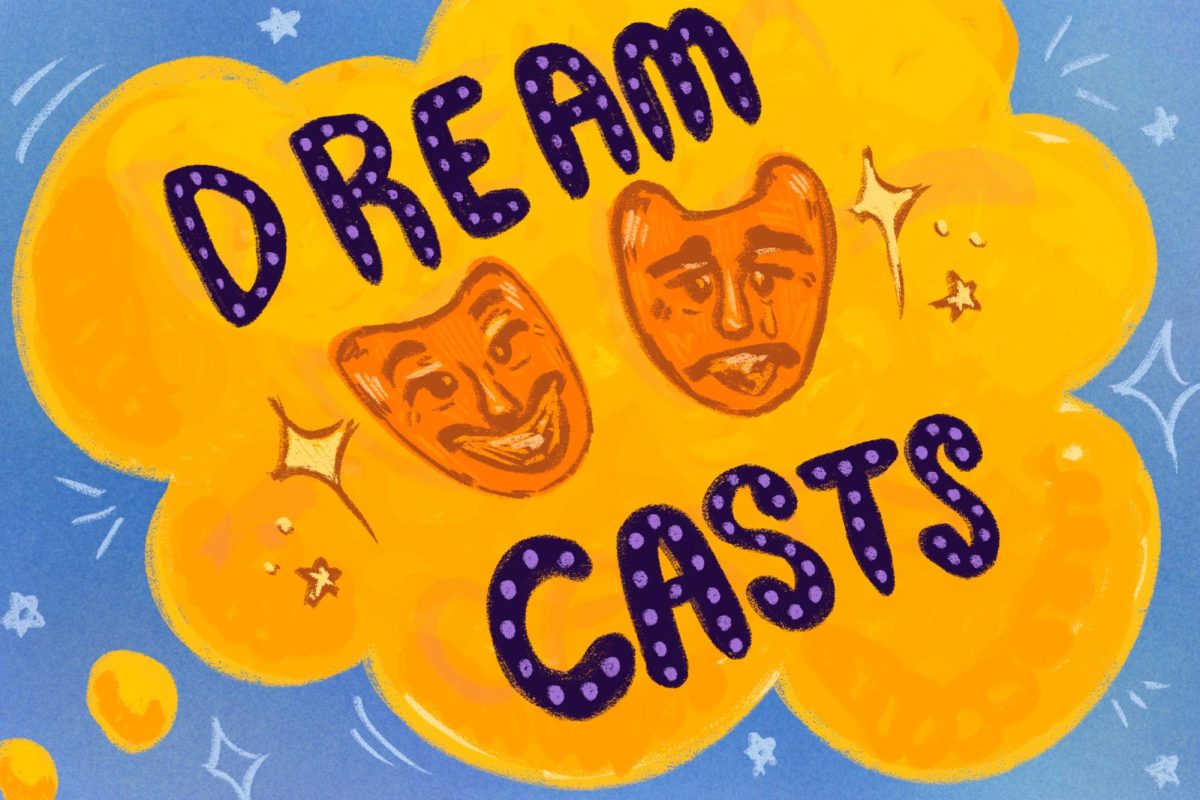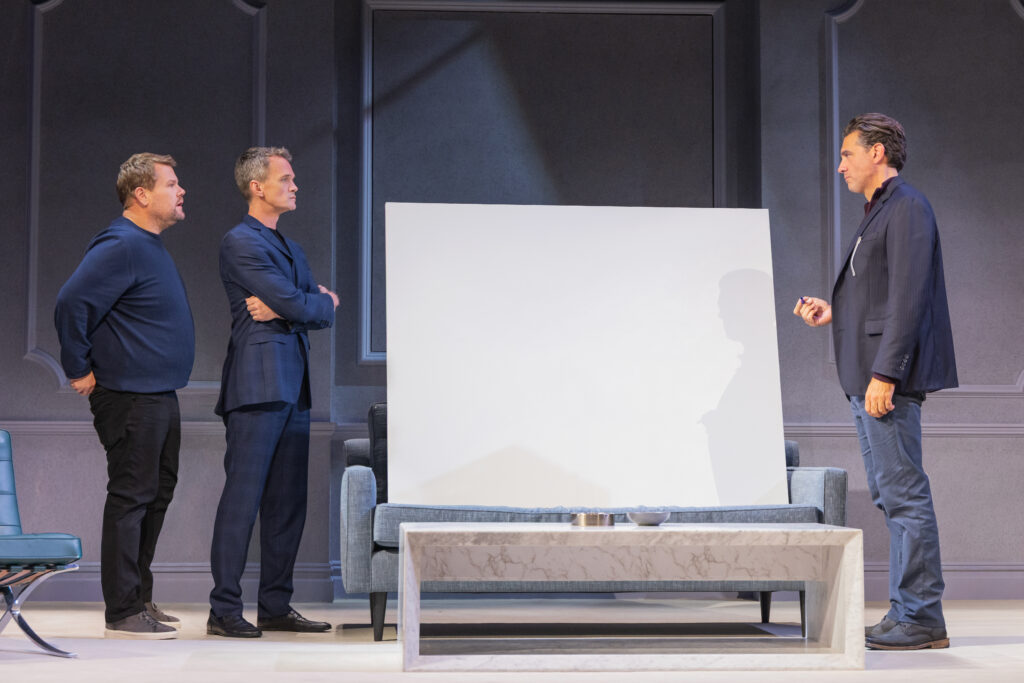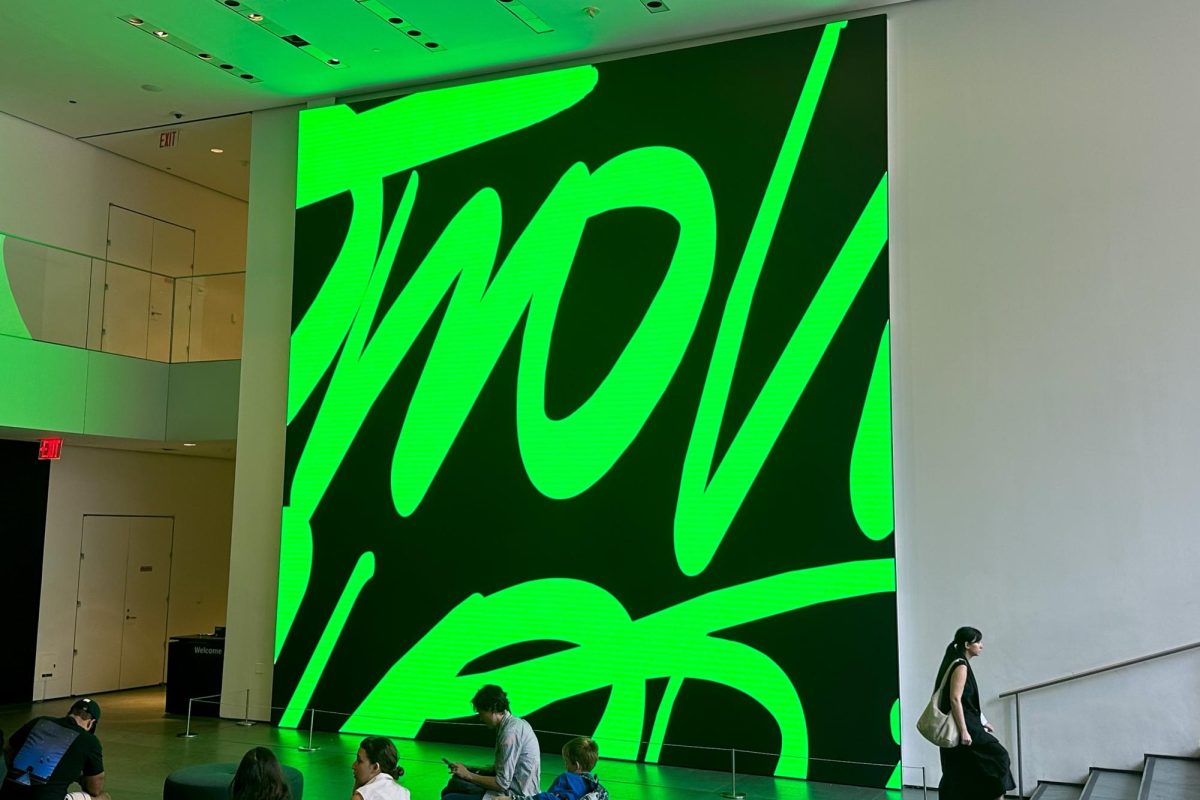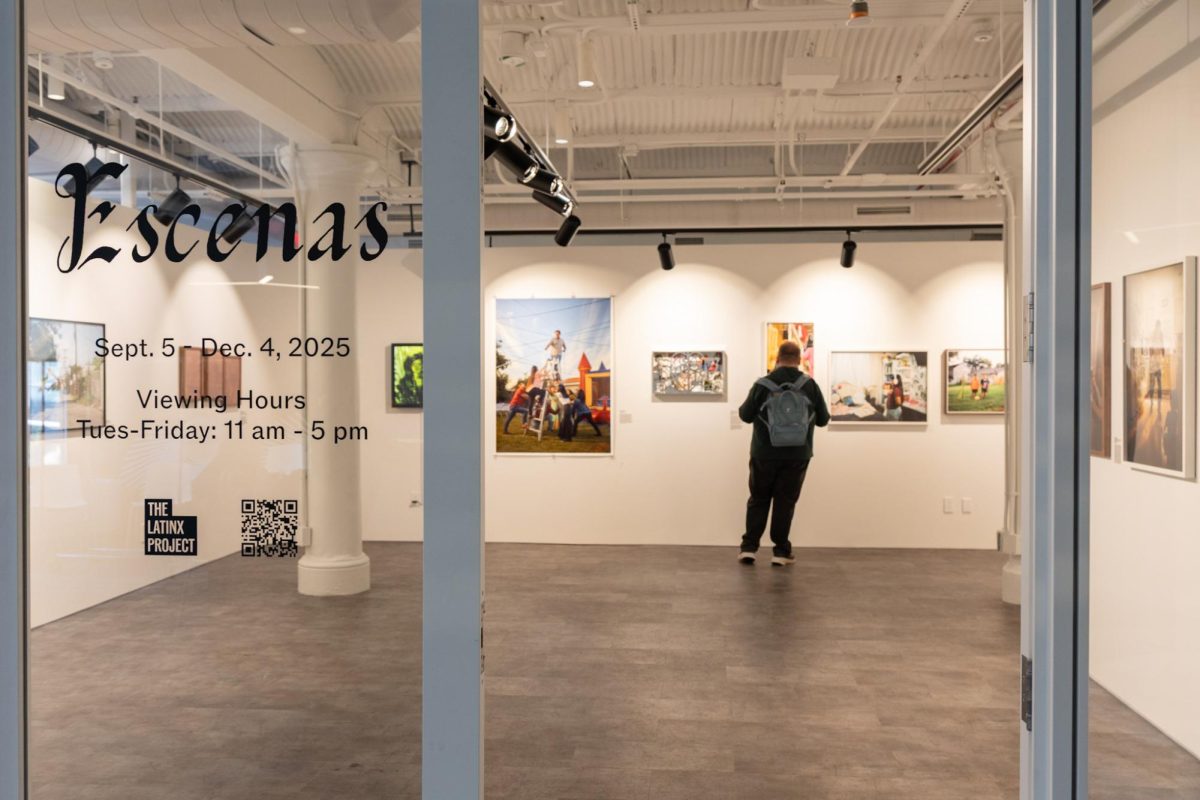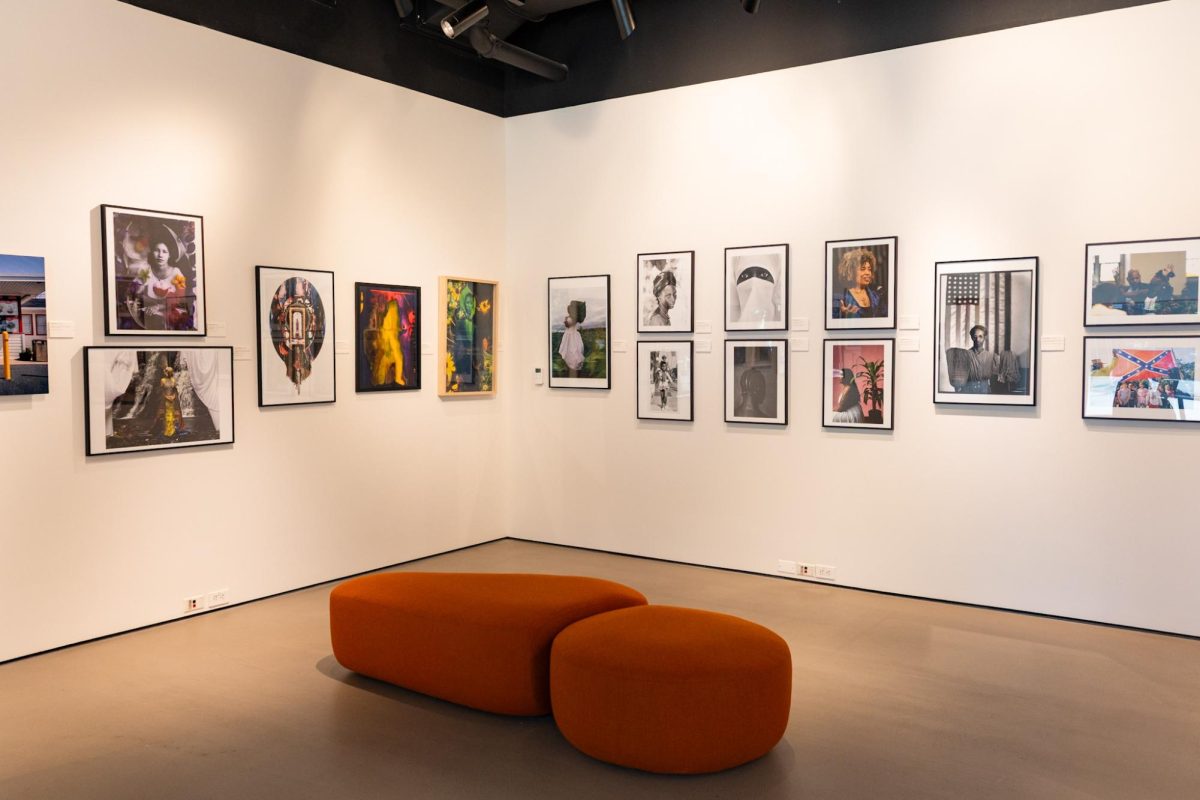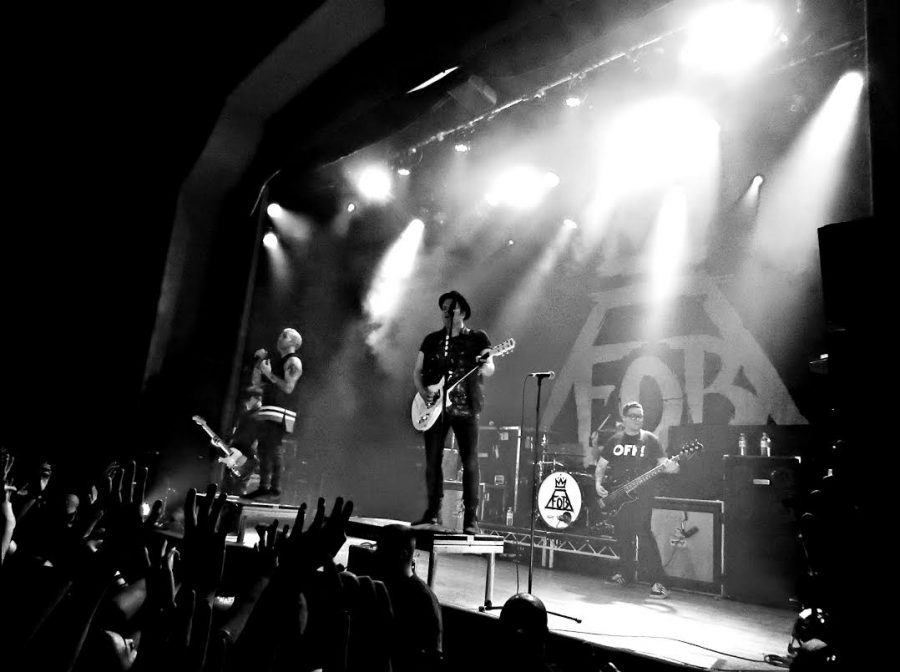Has Emo Dug Its Own Grave?
“Fall Out Boy” on stage during a performance.
September 10, 2018
Emo — as we know it — is dead.
Most of us have grown out our bangs, ditched the dramatic eyeliner or attempted fit in as much as we can at NYU. Bands, such as Fall Out Boy and Panic! At The Disco, may have somehow soldiered on throughout the years, but their unflinching, chaotic and not-entirely-all-that-good pop repertoire is a far cry from today’s popular songs peddling the narrative of the lonely guy who just wants to get the girl. A brief look at what happened to the angst-fuelled, melodrama-heavy subculture can tell us a lot about how the music industry has changed over the past decade.
Sure, we all get down sometimes, but I haven’t found the need to sing along with lyrics like “here’s another sad song by a sad boy/playing the saddest chords he knows” with passionate misery in recent years. The emo bands of the 2000s either had to disband or adapt to the mainstream trends of today’s music in order to survive. These feelings of angst may still resonate with teenagers today, but with one key difference: guitar music is no longer as cool. Rap music has come to fill this void, with artists like Post Malone, Lil Xan and Lil Uzi Vert being compared to modern emo because of the tone and lyrics of the music. Yet, even with its modern-day “renditions,” the heavy drum-and-bass heart of emo music has largely fallen into the forgotten-genre abyss.
Of course, it would be an oversimplification to say that all guitar music is irrelevant; the continuing success of bands like Foo Fighters and Royal Blood undoubtedly suggests otherwise. However, what it shows is that many a disheartened youth has switched genre. For a multitude of genres — grunge, rock and punk to name a few — the electric guitar was a central force of the music, even before the era of Myspace. The use of an electric guitar as the crux of a song has all but dissipated beyond the sub-genre niche.
The musical style isn’t the only thing that has changed within the emo subculture: band members from notable groups such as Brand New, Pierce the Veil, Moose Blood and Aiden have been accused of severe misconduct by fans, triggering boycotts. More widely, emo as a genre has come under fire for promoting toxic masculinity and misogyny in its lyrics. Even the rare female-fronted bands are not exempt from this — Paramore’s “Misery Business” was recently retired from their setlist as singer Hayley Williams has since apologized for its misogynistic themes, such as “Once a whore, you’re nothing more, I’m sorry that’ll never change.” This is not a new criticism of emo as a popular 2003 essay entitled “Where Girls Aren’t” demonstrates. However, in the #MeToo era, it’s becoming increasingly difficult to imagine lyrics like “what a shame the poor groom’s bride is a whore,” from Panic! At the Disco’s “I Write Sins Not Tragedies,” being released without more
question or backlash.
Emo was in and of itself a subculture born from the internet and centered around the now-defunct Myspace. In 2005, I had two options to acquire music on my iPod Nano: buy a physical album and burn it or purchase a digital download. Both options were pretty expensive for a teenager with limited pocket money, so choices had to be well thought out. Risk and experimentation with music was costly, so it made more sense to stick within a genre that I knew I liked. There was the option of illegal downloads, but the combination of poor quality and my parents’ terribly slow internet didn’t always make that a viable option.
In the age of Spotify, everything has changed. For the same price of a physical CD, I can now get a subscription to an online music streaming service which gives me the option to download any kind of music I want. With it comes the unsurprising discovery that I enjoy a range of music far broader than a group of man-boys screaming over guitar with floppy hair. In this case, it is obvious that today’s teenagers no longer identify so strongly with one particular genre because they simply don’t have to. This may be due to the very technology we use to access music, which makes music subculture increasingly dated. With hip-hop’s continued success, it is inevitable that the two genres have molded each other to create angsty tunes for an incoming generation that recognizes hip-hop as the charting genre. It is this pairing of genres, mainstream trends and ever-changing technology that haved reshaped what we used to know as emo.
Perhaps emo isn’t dead but reworked into its distant, cooler cousin.
A version of this article appeared in the Monday, Sept. 10 print edition. Email Natasha Jokic at [email protected].




